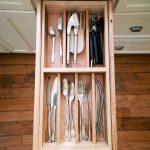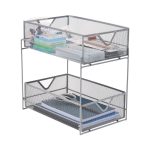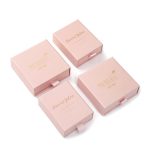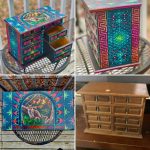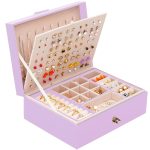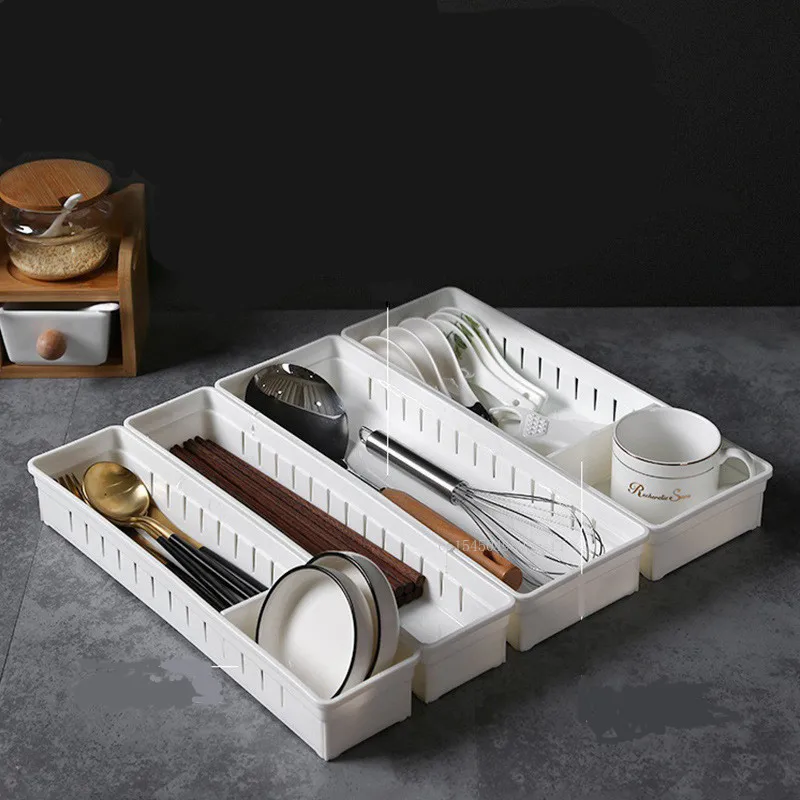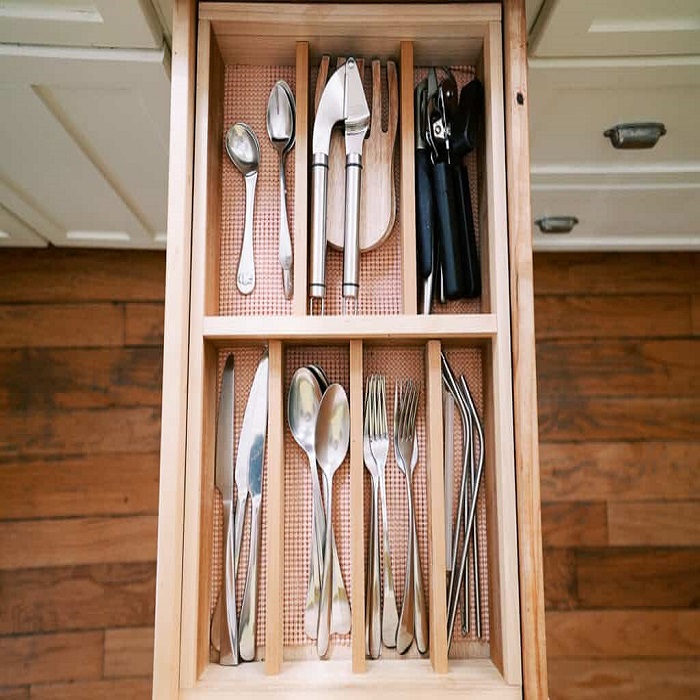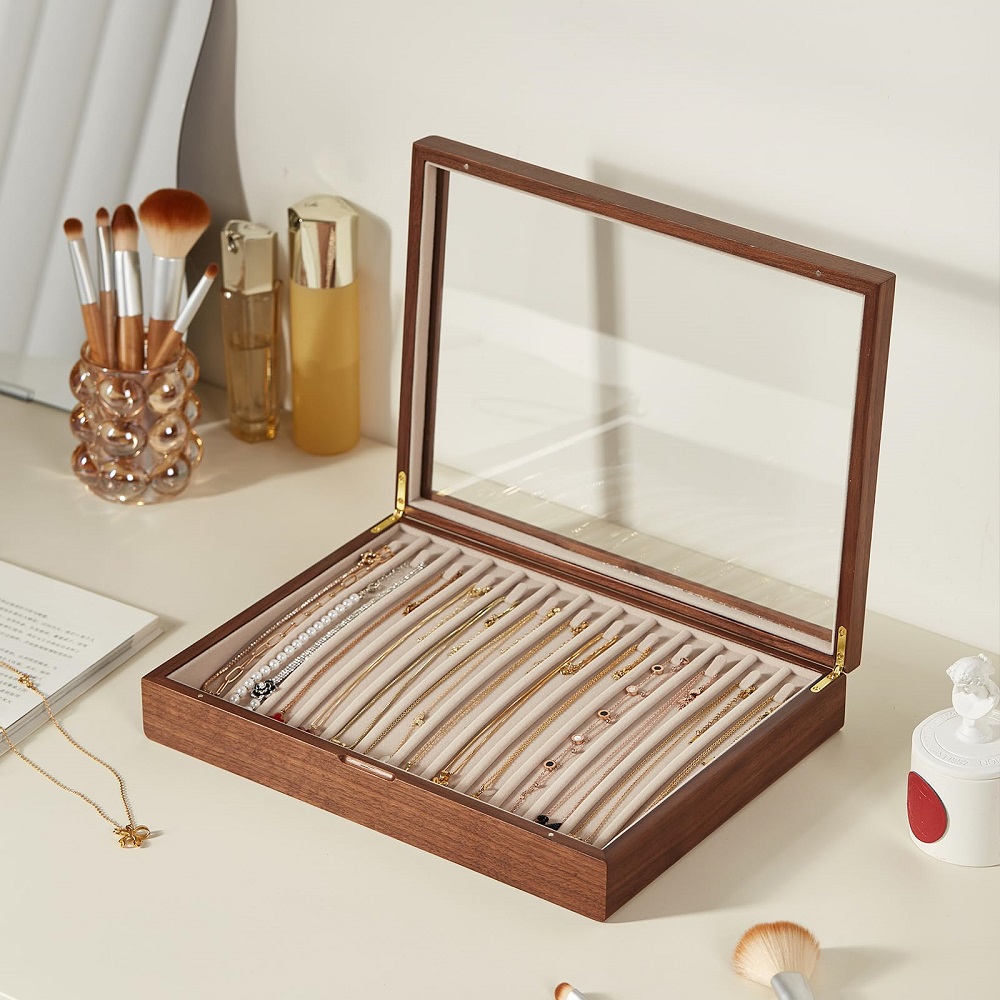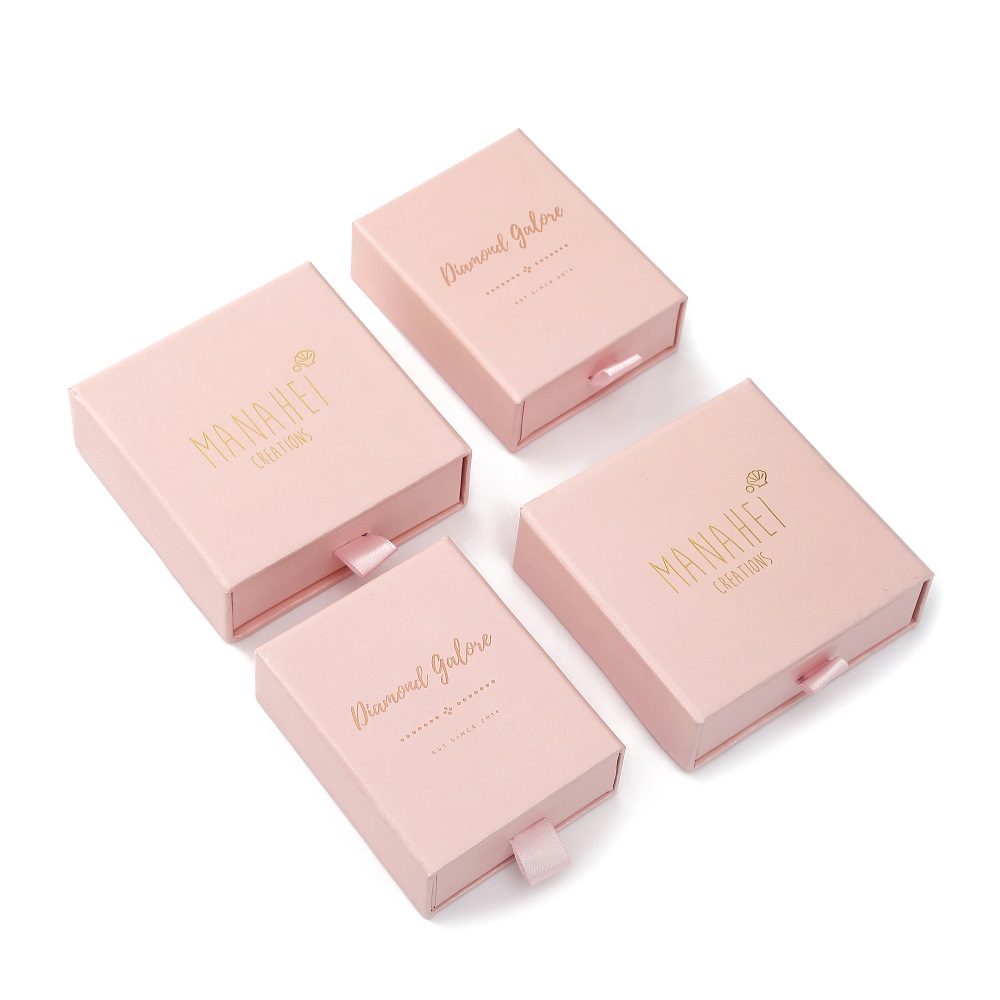Junk drawer, the catchall repositories of our homes, often become a breeding ground for disarray and frustration. Yet, with a touch of creativity and some DIY magic, these chaotic spaces can transform into organized havens that inspire joy every time you open them. This guide will take you through a journey of turning your cluttered drawers into well-ordered systems, using easily accessible materials and a pinch of inspiration.
The Philosophy Behind Organizing
Before diving into the DIY projects, it’s essential to understand the underlying philosophy of decluttering and organizing, inspired by Marie Kondo’s “spark joy” principle:
- Mindful Assessment: Begin by emptying the drawer entirely and assessing each item. Keep only what brings you joy or serves a functional purpose.
- Categorization: Group similar items together, making it easier to design storage solutions tailored to their specific needs.

Preparing for the DIY Transformation
Before getting creative, gather the necessary tools and materials:
- Measurement Tape: Accurate measurements ensure a perfect fit for your organizers.
- Cardboard, Wooden Sheets, or Plastic Containers: Base materials for constructing dividers and compartments.
- Scissors, Craft Knife, or Saw: Depending on your chosen material, you’ll need the right cutting tool.
- Glue or Double-Sided Tape: To secure your DIY components in place.
- Labels and Markers: For clear identification of contents.
DIY Project #1: Cardboard Compartmentalizes
An eco-friendly and budget-friendly option, cardboard offers versatility in designing custom compartments:
- Cutting Technique: Measure and mark your cardboard to fit the drawer dimensions, then cut strips to create dividers. For irregular shapes, trace outlines of items for a precise fit.
- Assembly: Fold or glue the dividers to form cells, ensuring their snug within the drawer.
- Personal Touch: Cover with decorative paper or washi tape for an aesthetically pleasing finish.
DIY Project #2: Wooden Drawer Inserts
For a sturdier and more permanent solution, wooden inserts provide a classic, elegant look:
- Selecting Wood: Choose pine or plywood for affordability and ease of working. Cut to size using a saw or seek assistance at a hardware store.
- Design Elements: Sketch a layout that accommodates your items, considering both fixed and adjustable compartments.
- Finishing Touches: Sand the edges smooth and apply a coat of paint or wood stain for protection and appeal.
DIY Project #3: Upcycled Container Organizers
Repurpose everyday items like plastic containers, mason jars, or old boxes to create functional organizers:
- Assess and Adapt: Identify containers that fit your drawer’s dimensions and the items you plan to store.
- Label and Stack: Use stickers or chalkboard paint to label each container, and stack or arrange them logically for easy access.
- Creative Hacks: Convert old CD cases into slim organizers for small items like batteries or SD cards.
Maximizing Vertical Space
Vertical organization is key to maximizing drawer capacity:
- Tiered Organizers: Create multiple levels within the drawer using risers or stackable trays, particularly useful for shallow drawers.
- Magnetic Strips: Attach magnetic strips to the drawer bottom to hold metal tools or spice jars securely in place.
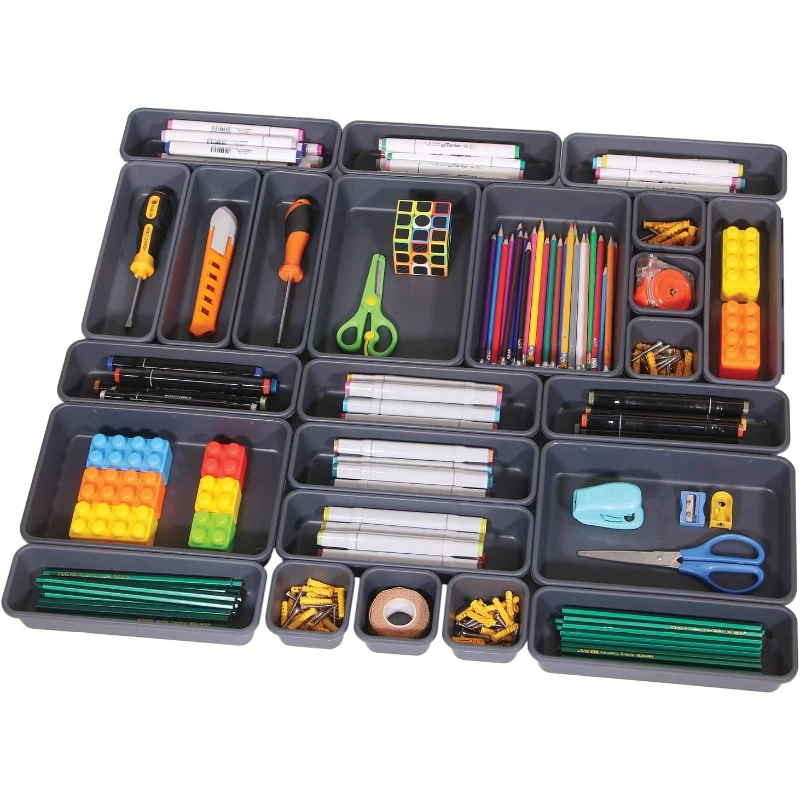
Smart Storage Solutions for Specific Items
Tailor your DIY organizers to suit specific categories of items commonly found in junk drawers:
- Office Supplies: Create pen holders using PVC pipes or rolled magazine pages for pencils and markers.
- Cords and Cables: Repurpose toilet paper rolls or use cable ties to corral cords neatly.
- Jewelry and Small Trinkets: Transform ice cube trays or egg cartons into compartmentalized organizers.
Maintaining Order: Tips for Long-Term Success
A well-organized drawer is only half the battle. Here’s how to keep it that way:
- Regular Purging: Conduct a quick review of the drawer’s contents every few months, discarding or relocating items as necessary.
- One-In-One-Out Rule: For every new item added, ensure an old or unnecessary one is removed.
- Daily Tidying: Make it a habit to return items to their designated spots after use.
The Emotional Benefits of an Organized Drawer
Beyond practical advantages, a neatly arranged drawer can uplift your spirits and improve your daily routine:
- Reduced Stress: Knowing where everything is located minimizes morning rush anxiety.
- Increased Productivity: Time saved from searching for lost items can be redirected towards more meaningful activities.
- Aesthetic Pleasure: An orderly drawer is visually appealing and can inspire a sense of calm in your home environment.
Inspiring Creativity Through DIY
Embrace DIY not just as a means to organize, but as a creative outlet:
- Personal Expression: Customize your organizers with favorite colors, patterns, or themes that reflect your personality.
- Family Activity: Involve children or family members in the process, fostering teamwork and teaching valuable organizational skills.
- Continuous Improvement: View your drawer organization as an evolving project, always seeking opportunities to refine and innovate.
Showcasing Your DIY Achievements
Share your transformation journey and inspire others:
- Social Media: Document your progress and final results on platforms like Instagram or Pinterest, using hashtags to connect with fellow organizers.
- Blog or Vlog: Detail your DIY process in a blog post or video tutorial, providing step-by-step guidance for others to replicate.
- Home Tours: Proudly showcase your newly organized drawers during family gatherings or virtual home tours, sparking conversations and admiration.
Overcoming Common Challenges in DIY Organization
DIY projects, while rewarding, can sometimes present obstacles. Anticipating and addressing these challenges ensures a smoother process:
- Space Constraints: Limited drawer sizes might require innovative solutions like modular organizers or hanging pockets to maximize storage.
- Material Limitations: If your desired materials are not readily available, consider upcycling household items or exploring alternative resources at secondhand stores.
- Time Management: Break the project into manageable steps spread over days or weekends to avoid feeling overwhelmed.
- Perfectionism Paralysis: Remember, perfection is not the goal; functionality and improvement are. Embrace the imperfections as part of the DIY charm.
Integration with Existing Home Decor
Your DIY junk drawer organizers should complement your home’s aesthetic:
- Color Coordination: Match the organizer’s color scheme with your existing decor for visual harmony.
- Style Continuity: Whether your home leans towards minimalism, rustic, or modern, choose materials and designs that blend seamlessly.
- Customized Accents: Incorporate personal touches like fabric scraps or repurposed vintage items to infuse character and cohesion.
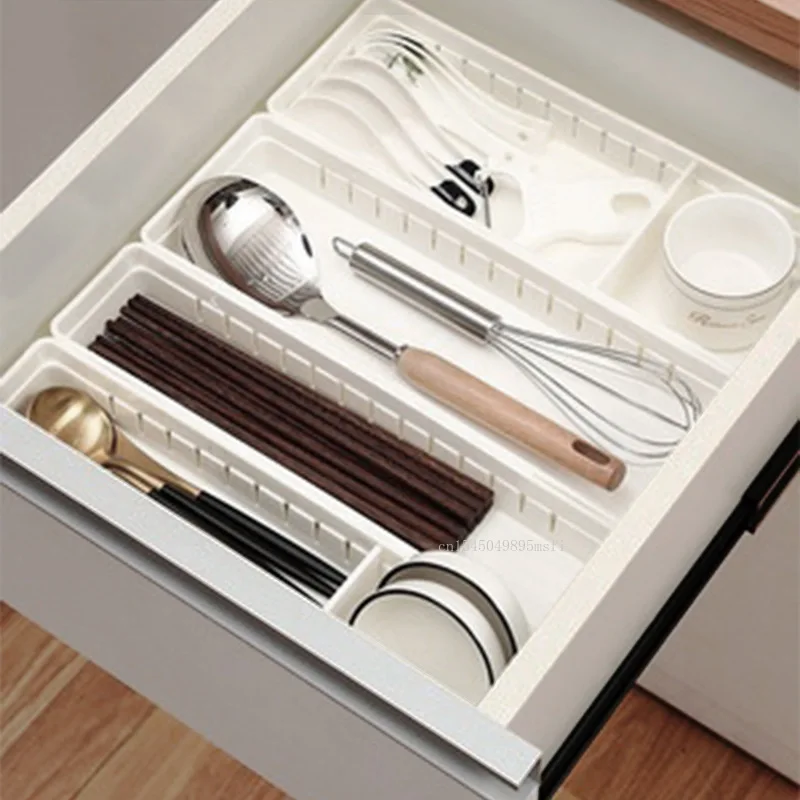
Expanding Beyond the Drawer: Whole Home Organization
The principles and techniques applied to your junk drawer can be scaled up to transform your entire home:
- Kitchen Cabinets: Use tiered shelves or pull-out baskets to optimize space and accessibility.
- Closet Systems: Create custom closet dividers or hanging organizers to streamline your wardrobe.
- Workspace Organization: DIY desk organizers and cable management solutions enhance productivity and focus.
Encouraging Sustainable Habits
DIY projects inherently promote sustainability by reducing waste and encouraging reuse. Enhance this further by:
- Choosing Recyclable Materials: Opt for materials that can be recycled at the end of their lifecycle.
- Minimal Packaging: When purchasing supplies, look for items with minimal or recyclable packaging.
- Longevity Focus: Design organizers that are durable and adaptable, reducing the need for frequent replacements.
The Joy of Completion and Moving Forward
Completing your DIY junk drawer organizer project not only brings immediate satisfaction but also ignites motivation for continuous improvement:
- Reflection and Celebration: Take a moment to appreciate the transformation and the skills you’ve honed along the way.
- Setting New Goals: Inspired by your success, identify other areas in your home that could benefit from your DIY touch.
- Sharing the Joy: Encourage friends and family to embark on their own organization journeys, sharing tips and successes.
The Psychology of Organized Spaces
Understanding the profound impact organized spaces have on mental well-being adds depth to your DIY endeavors:
- Reduced Clutter, Reduced Stress: Clear physical spaces correlate with clearer minds, lowering stress levels and improving mood.
- Enhanced Focus: An organized environment promotes concentration and productivity by minimizing distractions.
- Improved Self-Esteem: Taking control of your surroundings can boost confidence and a sense of accomplishment.
Conclusion: Cultivating Joy Through Organization
Transforming your junk drawer from chaos to control isn’t just about tidiness—it’s a journey of self-discovery, creativity, and mindfulness. By implementing these DIY junk drawer organizers, you’re not only streamlining your living space but also nurturing a sense of peace and joy in your daily life. Embrace the process, celebrate the progress, and let your newly organized drawers spark joy every time you reach in. Remember, the path to an ordered home begins with a single junk drawer, and the ripple effect can be transformative.
